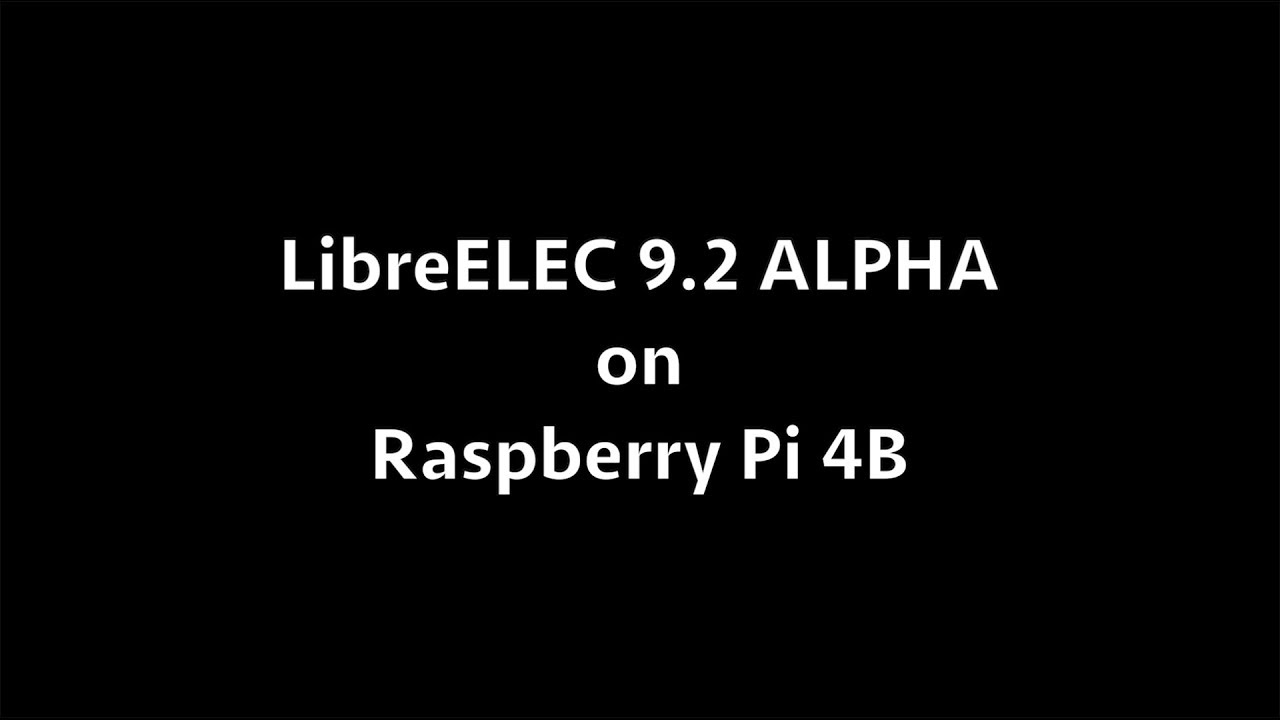so all amlogic devices will not be able to playback media after Kodi 19?
The Vero 4K / 4K + have long term support (several years remaining). Other AMLogic devices will need to use a modern software stack that implements V4L2/GBM or they will not be usable after Kodi v18.
The new Pi requiring V4L2/GBM is great for Vero users, because it means we will get wide scale testing and implementation by a large vendor. Then with Kodi v19, we can switch over to this pathway without any disruption.
I like this:
Pro:
- Much faster than prior Raspberry Pis
Con:
- Key software doesn’t work at Launch
This 2 happend every time an new architecture with different arm cpu or else is used from the raspberry pi Organisation…
Raspberry Pi has been largely backward compatible in the past (we’ve pretty much supported all models on launch day); but there’s quite a lot of changes here on the GPU side which means there will be some delays in using the hardware to it’s full potential.
Yes — this approach uses MMAL and some patches to make it work with GBM. This allows 4K decoding but output will be limited to 8-bit. I suspect most people will want to watch 4K UHD releases, so this isn’t very useful.
There are also some caveats with this approach.
MMAL is about to be removed from Kodi (days away) so it is a dead end technologically.
Instead, we will support SW decoding for Kodi v18 and focus on doing HW acceleration (the right way) for Kodi v19 (Matrix). This way we have feature parity (with older Pi models), so 1080p will continue to play well and won’t expose issues with MMAL + GBM. We also don’t waste time supporting something that will live a very short existence.
Sam
@sam_nazarko gonna bump the kernel on regular pi to 5 also?
No — the next move will be to Linux 4.19 at some point this Summer.
What sort of performance would the Pi 4 offer with the Netflix plug-in? Enough to run 1080p/24 smoothly? Enough to run 8-bit SDR 4K material smoothly?
makes since to keep it on lts less messy if any additional kernel features needs to be added
1080p Netflix is still out of reach in testing.
4K content won’t be playable in software.
4K HEVC will be possible when hardware acceleration is added. 4K H264, VP9 etc will not work as it will fall back to software.
Popped into Cambridge and bought one, couldn’t resist lol.
They’ll probably sell out initially.
I have a Plex server running off a QNap NAS box and I’m using the Plex client plug-in on a Pi3 in OSMC. Will I be able to direct play 4k content on a Pi4 with the Plex client?
No — please see above. The device will only handle 1080p with software decoding presently.
Happy to hear about the new RPI4. I picked one up when i seen that they have usb3 ports. I figured i would use it as my media server instead of loading the vero 4k down with serving all my media files
I hope this is not another device creating issues placing usb 3 and wifi antenna nearest on the same board, see Intel paper
Will this support HDR10+ and/or DV, or just HDR10?
From the bulletpoints above:
- Gigabit Ethernet is no longer connected via USB
Unsure about the SD.
Previous models require you to buy serial keys to unlock VC1 and MPEG2 hardware decode. Is that still the same with Pi 4 or is the hardware decode completely gone?
EDIT: Found the answer.
VC1 and MPEG2 hardware decodes are gone. So software decode for these two on Pi 4 (should be fast enough with 4x A72 cores though).
One thing I noticed is that Pi 4 can hardware decode HEVC Main 4:4:4 10. That’s a nice surprise.
Source (page 22): https://cdn.shopify.com/s/files/1/1560/1473/files/Inside_Raspberry_Pi_4.pdf
Can we try OSMC on the pi4 atm using the pi2/3 image Sam?
Or is there a different image we need?
Edit: Just read your blog post lol…happy to test anything if needed mate.
I’ll just have to piss around with Raspbian for now.
